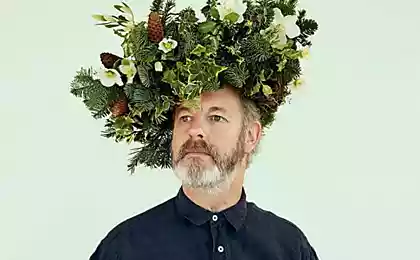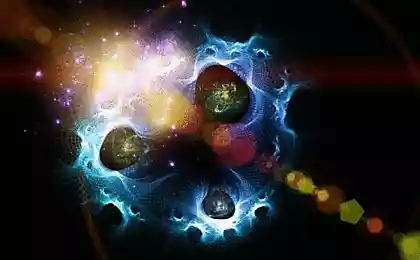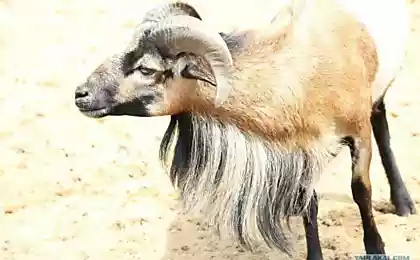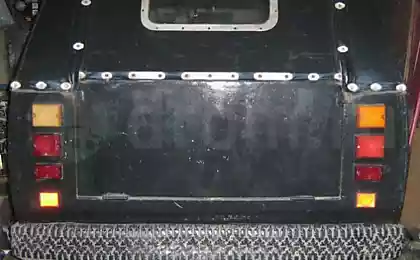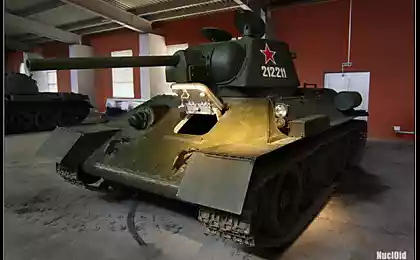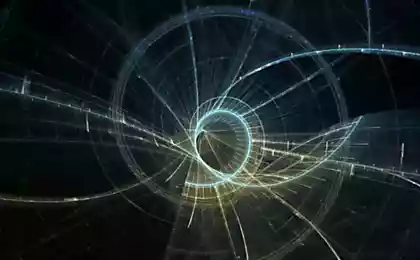2003
Theo Jansen's kinetic Zoo
Dutch painter and sculptor Theo Jansen shows amazing kinetic sculpture resembling living beings, which he creates from plastic tubes and bottles of beverages. His creations are designed for self-moving and even survival.
Jansen creates "artificial forms of life" with the help of genetic algorithms that simulate evolution. Genetic algorithms can be modified to deal with various problems, including the creation of complex systems.
Fascination with Jansen kinetics began after they develop a computer program - a simulator of the struggle for existence multi-legged creatures. Theo and did not notice that the process of evolution has gone beyond the computer, and to light a creation consisting of hollow plastic tubes, nylon thread and tape. And there was the first amazing sculpture, more like a fantastic creature and is, in fact, a simple mechanism that Theo Jansen himself now calls Strandbeests.
Artist quite honestly claims to have invented a new kind of animals that feed on the energy of the wind, able to move independently, fingering limbs as huge strange insects, and even take simple decisions. So, if near the sea, "sculpture" will change direction, and if the wind is coming, it is able to fix their own immobility and ensure sustainability.
The artist constructs his mechanisms of cheap plastic pipe, duct tape, bottles and cardboard. "Animaris," as he calls them, are designed to "life" in the open sandy surface, ie, on the beaches.
Number Strandbeest constantly growing, so shallow beach near the house Jansen is never empty, and now settled here a whole family of amazing creatures, leisurely strolling along the edge of the surf during the breeze. The process of creating these strange "beast" is not easy: first artist calculates all parameters on the computer, and then rejoin the model and produces its sailing centipedes to the beach to watch as the children of his fight against the elements and are in contact with each other. All this "action" seems to come to life in reality a fantastic film, but, nevertheless, it is true.




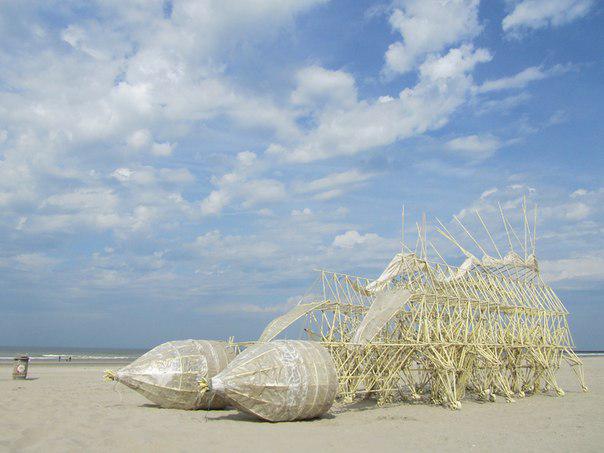
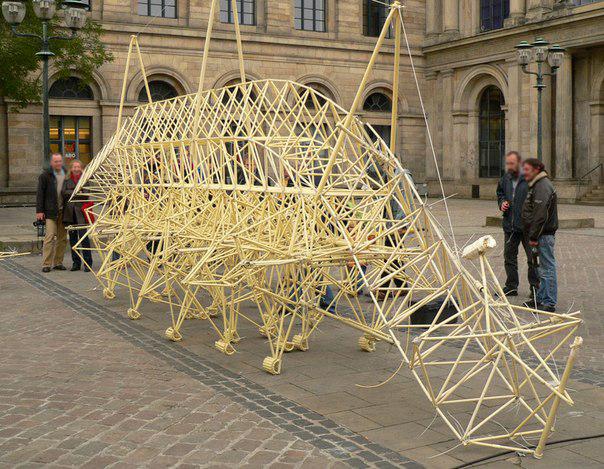




Jansen creates "artificial forms of life" with the help of genetic algorithms that simulate evolution. Genetic algorithms can be modified to deal with various problems, including the creation of complex systems.
Fascination with Jansen kinetics began after they develop a computer program - a simulator of the struggle for existence multi-legged creatures. Theo and did not notice that the process of evolution has gone beyond the computer, and to light a creation consisting of hollow plastic tubes, nylon thread and tape. And there was the first amazing sculpture, more like a fantastic creature and is, in fact, a simple mechanism that Theo Jansen himself now calls Strandbeests.
Artist quite honestly claims to have invented a new kind of animals that feed on the energy of the wind, able to move independently, fingering limbs as huge strange insects, and even take simple decisions. So, if near the sea, "sculpture" will change direction, and if the wind is coming, it is able to fix their own immobility and ensure sustainability.
The artist constructs his mechanisms of cheap plastic pipe, duct tape, bottles and cardboard. "Animaris," as he calls them, are designed to "life" in the open sandy surface, ie, on the beaches.
Number Strandbeest constantly growing, so shallow beach near the house Jansen is never empty, and now settled here a whole family of amazing creatures, leisurely strolling along the edge of the surf during the breeze. The process of creating these strange "beast" is not easy: first artist calculates all parameters on the computer, and then rejoin the model and produces its sailing centipedes to the beach to watch as the children of his fight against the elements and are in contact with each other. All this "action" seems to come to life in reality a fantastic film, but, nevertheless, it is true.










Indeed
The virus has stolen data 110 million credit cards in the United States, wrote a teenager from Russia

